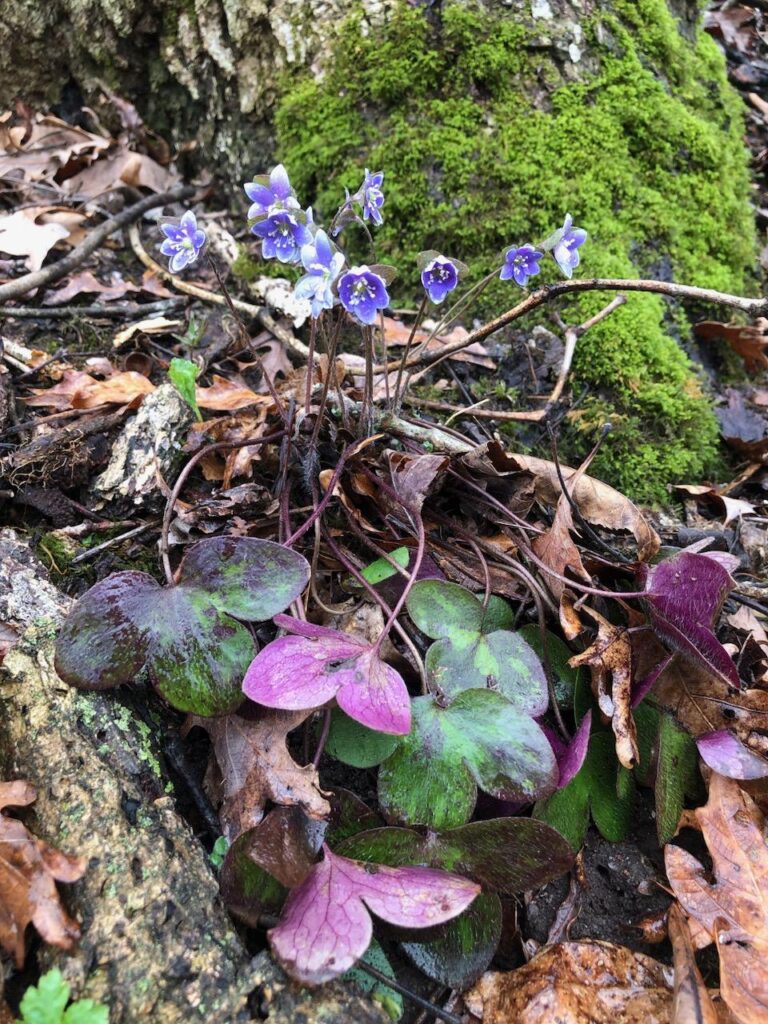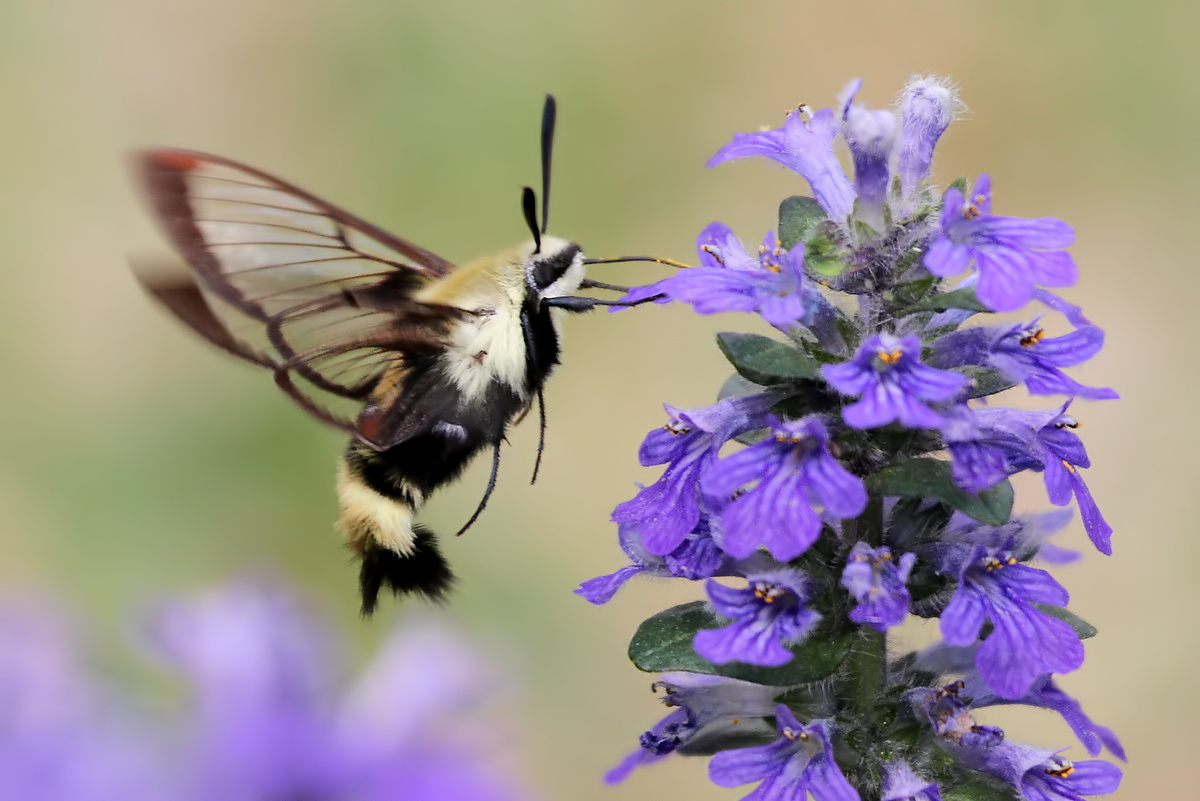Imagine this scenario: You wake up to gray skies made up of roiling dark clouds.
Within minutes after the first raindrop, the cascading downpour sounds like frenzied woodpeckers are making holes in your gutters. But by the time noon rolls around, the skies are back to bright blue with warm sunshine casting a gentle glow.
If you are a Hoosier, that scenario may already seem familiar– we call it, “April.”
Wild weather in our area can be traced back to geography. Because the earth rotates counter-clockwise (when viewed from the north pole), weather moves from west to east. When colder air from Canada meets warmer air from the South, it creates a jet stream over the Midwest. This jet stream is an extremely fast-moving channel of air that storms can “ride” at more than 250mph from the Rockies, past our doorstep, to the East Coast.
One of the first things you will notice when you step outdoors after rain is the smell: a heady, earthy aroma that permeates the air. It is the epitome of freshness. We may call the smell, “after rain,” an apt and serviceable description, but the aroma’s true name is “petrichor.”
It is caused by a type of bacteria that lives in nearly all soils. These bacteria thrive in damp soil and produce spores when the ground dries. The force of raindrops striking the ground kicks up the spores, starting a molecular process that results in the “after rain” smell. The moist air from rain acts as an aerosol, carrying the spores through the air and into our nostrils.
On a post-precipitation walk, you may see worms stretched along the sidewalk or trail. One of the first facts about nature you may have learned as a kid is that worms crawl from the ground after rain to avoid drowning. Researchers disagree with that theory. Multiple studies show worms can live submerged for more than two weeks.
The generally agreed-upon cause has to do with air moisture. Moving soil is not an easy process for worms. Getting to new territory is energy-consuming. The surface offers far fewer obstacles, but worms require moisture. Dry air is a quick way to dehydrate and die. When the air and ground are damp, worms can surface and sprint. Making themselves easy prey to birds, toads, and inattentive walkers is the trade-off.
Continuing your misty meandering, you will likely hear frogs after rain. Frogs and toads sing to attract mates. Fresh pools, puddles, and rivulets are ideal places for females to lay eggs. Males will take advantage of the extra reproductive real estate and call out with incessant intensity. Additionally, raindrops sometimes knock flying insects from the air, making a convenient ground-level meal.
And, after a month of April showers, May flowers will have arrived. Starting in April, the forest floors are blanketed with bright green leaves and colorful new growth. In mid-April, additions to a forest bouquet include delicate pale spring beauties, yellow trout lilies, and lavender hepatica.
Red-tail Land Conservancy invites the community to revel in the resulting rainbow of wildflowers during their Wildflower Celebration on Sunday, May 7 from 1-4pm in Phyllis and Frank Yuhas Woods, a nature preserve rarely opened to the public. The Wildflower Celebration will feature guided tours and unguided wandering among one of the most biodiverse displays of wildflowers in east central Indiana. Click HERE for details.
The Midwestern saying goes, “If you don’t like the weather, wait an hour.” It must have been coined in April.
Photo: Hepatica americana at Fall Creek Woods
Kelley V. Phillips is the Communications & Outreach Manager for Red-tail Land Conservancy. She strives to cultivate wonder in nature and action to protect it.




